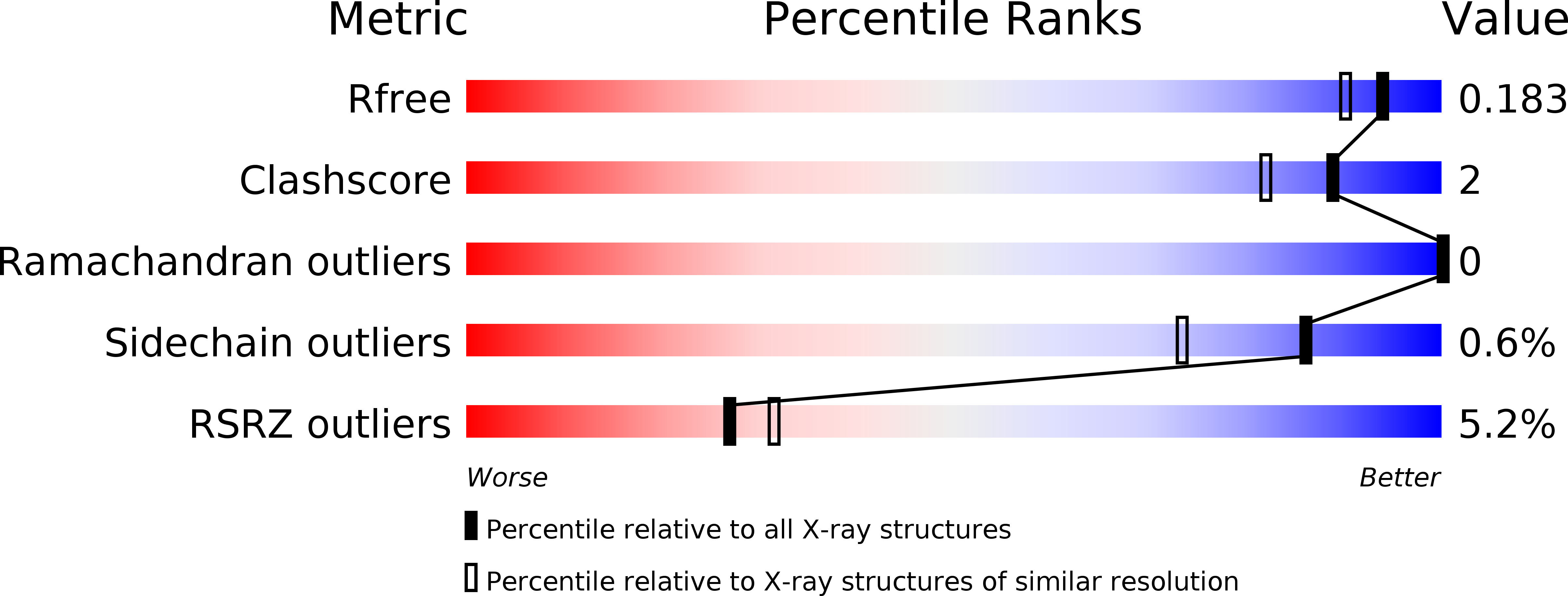
Deposition Date
2013-02-14
Release Date
2013-05-08
Last Version Date
2024-02-28
Entry Detail
PDB ID:
4J8S
Keywords:
Title:
Crystal structure of human CNOT1 MIF4G domain in complex with a TTP peptide
Biological Source:
Source Organism:
Homo sapiens (Taxon ID: 9606)
Host Organism:
Method Details:
Experimental Method:
Resolution:
1.55 Å
R-Value Free:
0.18
R-Value Work:
0.16
R-Value Observed:
0.16
Space Group:
P 21 3


